1
HOME > Interviews >
IN CONVERSATION WITH DANNY HODGSON OF RIVET & HIDE
A WORD ON THE FINEST SELVEDGE DENIM
Written by Peter Brooker in Interviews on the 27th July 2016
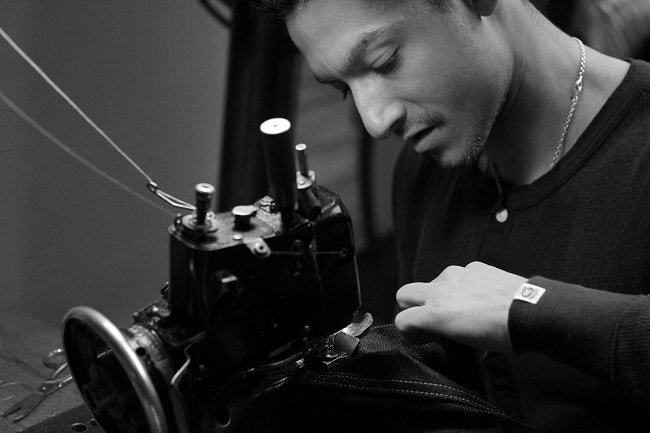
Rivet & Hide has become the beacon of raw selvedge denim and casualwear of unsurpassed quality. They source their denim from the best denim mills of Japan, whose ability to weave fabrics of incredible beauty and depth of character is now legendary. I wanted to know more about selvedge denim, and so managed to get the Store Owner and Founder Danny Hodgson to walk me through some of the top need to know facts about this fabric.
Selvedge denim, why is it so exclusive? What are the differences?
“Selvedge refers to the type of loom the fabric is woven on. In the hay day of the 50s when Brando and Dean wore it, denim was woven on shuttle looms, the edges come out finished. Any denim produced on shuttle looms is referred to as a 'Self Edge', hence selvedge denim. These were narrow looms 80cm wide, so when you turn up a pair of selvedge you have a finished look rather than a frayed edge. Frayed edge is the result of a projectile loom (a modern loom that can mass produce the fabric) - they’ll spin out 2m wide of fabric, cut it twice and give it 70cm width to make 3 pairs of jeans out of it. So when the edges are joined, then the edge isn't clean, it's frayed because it’s been cut.”

So if it's selvedge, that means it's better quality?
“Selvedge doesn’t denote the quality, but there is a tradition to selvedge and a lot of brands use those looms - Toyoda looms built in the 20s. These Japanese looms from Toyoda are still working today. Before Toyota they made cars they made fabrics on Toyoda looms and they’re not easy to operate. Anything made in the 20s will be tough, and anyone still doing it is doing it because they have a passion for the fabric. The sewing techniques, the quality of the cotton and the indigo dying process. There are some cheap brands, High Street brands - yeah its selvedge but it’s done with modern looms, no character and no beauty - very plain fabric.”
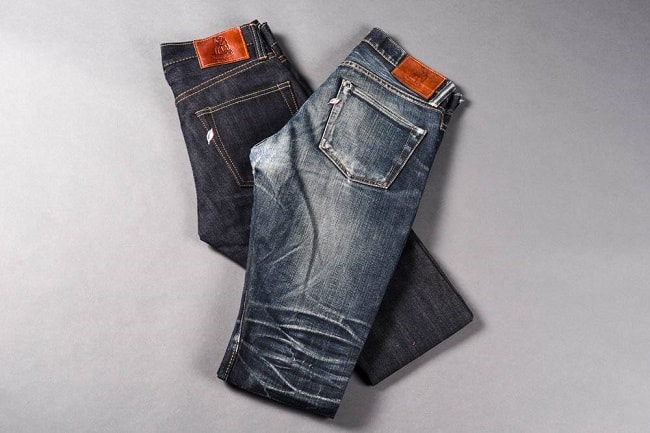
Can you name and shame?
“I don’t want to do that but there are some big retailers - people know who they are. If you are buying them for £30 they're being made in China or Bangladesh where workers rights are non-existent. People often ask ‘why don’t more people wear them?’ – That’s because there’s a limit to the looms. The looms aren’t made any more and there is only a certain amount of fabric you can make, so it is much more exclusive.”
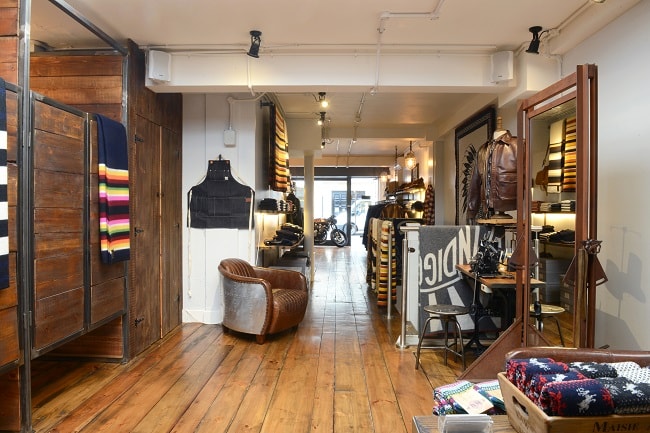
What about a turn up, is it cool to turn them up to show the selvedge?
“Each to their own taste. People like to show the selvedge that traditionally denotes the quality. Some people don’t feel the need. There was definitely a trend towards big turn ups. If you fold them three times, that’s not ideal, it’s too thick. But if you fold them three times for the first two weeks of wearing them, then wear them with a two fold, they often come set and rigid. We hem jeans to any length required. For those obsessive with the details love that.”
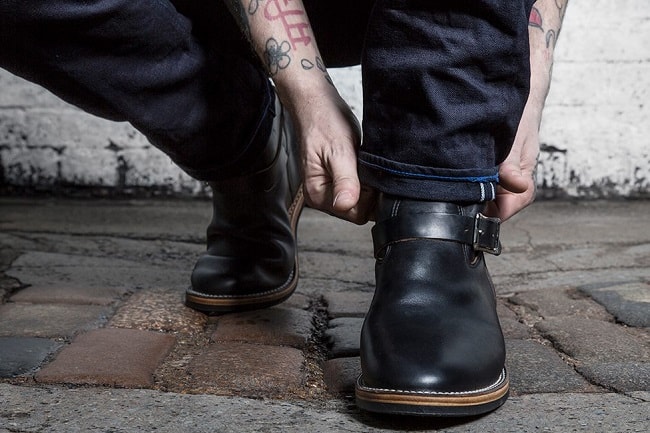
Tell me about the shop
“The Rivet & Hide shop is 4 years old and started online. I discovered some raw selvedge denim brands primarily being made in Japan, as well as in US and UK. On my travels, I found specialist shops, they were giving a home to these brands but they weren’t being represented here in the UK. My living room in west London turned into a pop up shop. After 9 months I rented an office space in Fulham, so for a year I did business on an appointment basis. Customers loved that, it was mysterious. People would come and check out the quality, which gave me the courage to open a full brick and mortar store in Fitzrovia.”
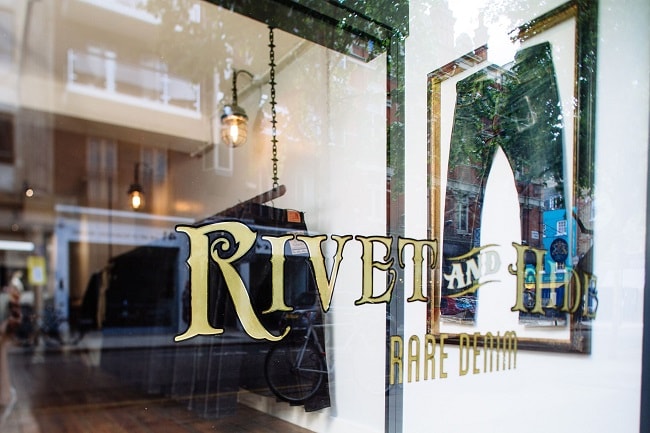

Trending
2
3
4
5
6
7
8
9
10













